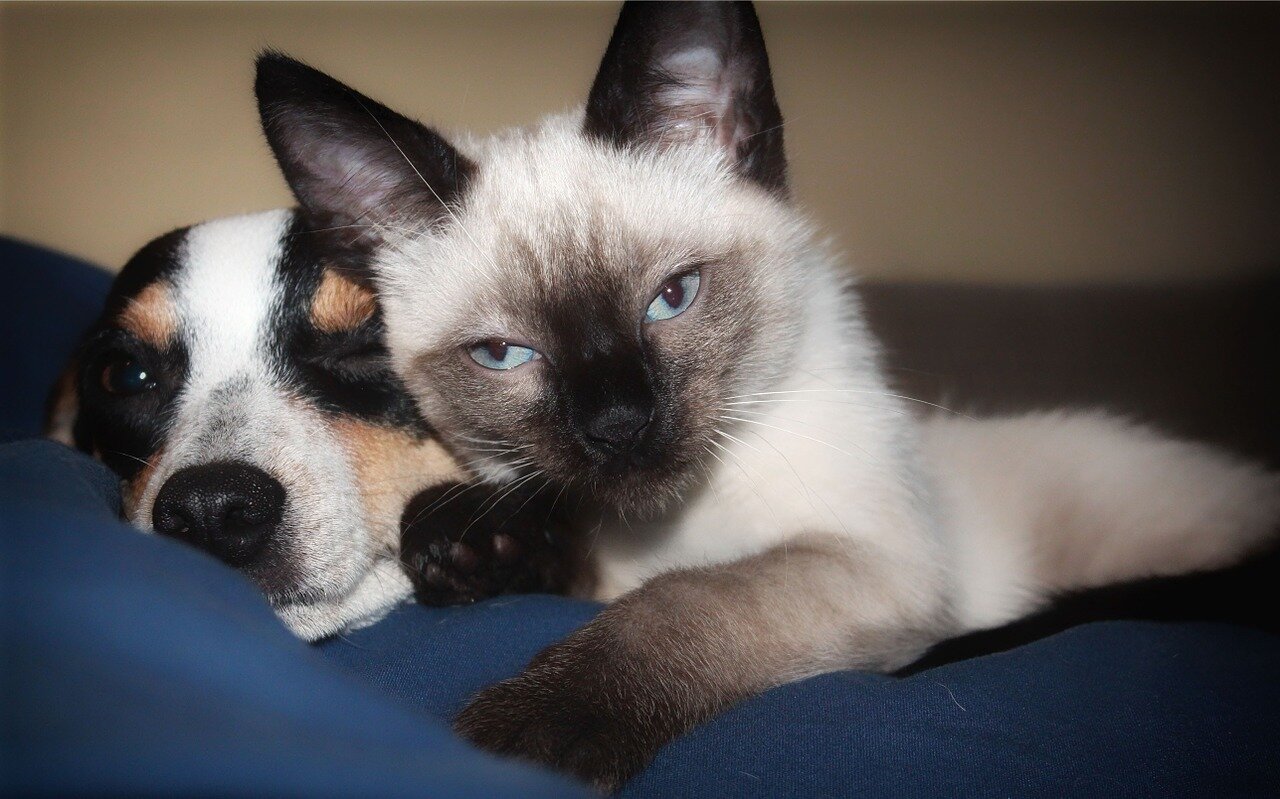Let’s Talk About Pyometra
16th October 2020 | Written by the team at Coquet Vets
Pyometra is a serious condition that can affect a wide range of animals and we frequently see it in dogs and occasionally in cats. The word ‘pyometra’ by definition means ‘pus in the womb’. We see it commonly in female dogs that haven’t been spayed (neutered). It tends to occur in dogs over the age of 8 years (although it can be seen in all ages) and it is thought that up to 1 in 4 of the unneutered female dog population will suffer from this condition.
Clinical Signs
A range of clinical signs can be seen when a dog or cat has a pyometra. Most commonly the owners will report that their dog is drinking more water, is off their food, and sometimes owners will notice a purulent (milky, blood and pus like material) dripping from their pet’s vulva. Sometimes dogs will vomit and appear unwell, though in some cases dogs can seem well. The condition tends to occur fairly soon after a season.
The condition itself results in a large build up of pus within the uterus of the animal. This, in time, will start to leak out of the animals vulva and make the animal feel unwell.
In the short video clip below, you can see the volume of pus that can build up and lead to these clinical signs. Please note, that the video clip shows pus removal during a pyometra surgery and viewer discretion is advised.
View the video here (links to YouTube)
As you can see in this video, Pyometra is a serious condition. It is essential that these dogs or cats are treated, as left with no treatment, they will ultimately continue to get worse and can go into organ failure.
Diagnosis and Treatment
Diagnosis can be made on clinical exam alone, although in most cases we will confirm this condition with an abdominal ultrasound and blood work.
Generally the treatment of choice is surgical management where we anaesthetise the patient and spey them to remove the infected uterus (womb). Some cases can be treated medically by giving a series of injections; however, the condition will reoccur after the next season so we would generally recommend surgical treatment.
In the image gallery below, you can see the surgical process to treat a pyometra that was diagnosed in one of our patients. The cat that underwent this surgery made a full recovery. Due to the nature of the surgery images, viewer discretion is advised, as some people may find the images distressing.
Prognosis and Prevention
The prognosis is generally good if the condition is treated in time, although age and concurrent disease can complicate the recovery process. Neutering of our dogs and cats prevent this condition and should be one of the considerations when you are deciding whether or not to neuter your dogs and cats.
If this article has raised any questions or concerns, please don’t hesitate to contact us on 01665 252250 or email us at info@coquetvets.co.uk.









